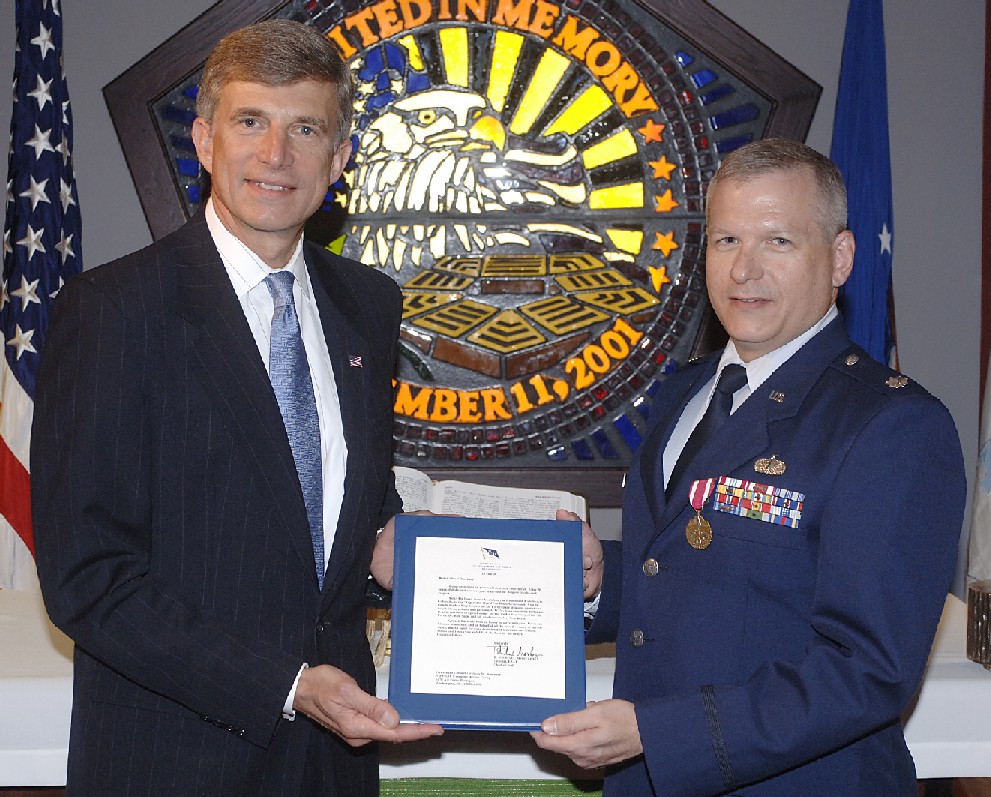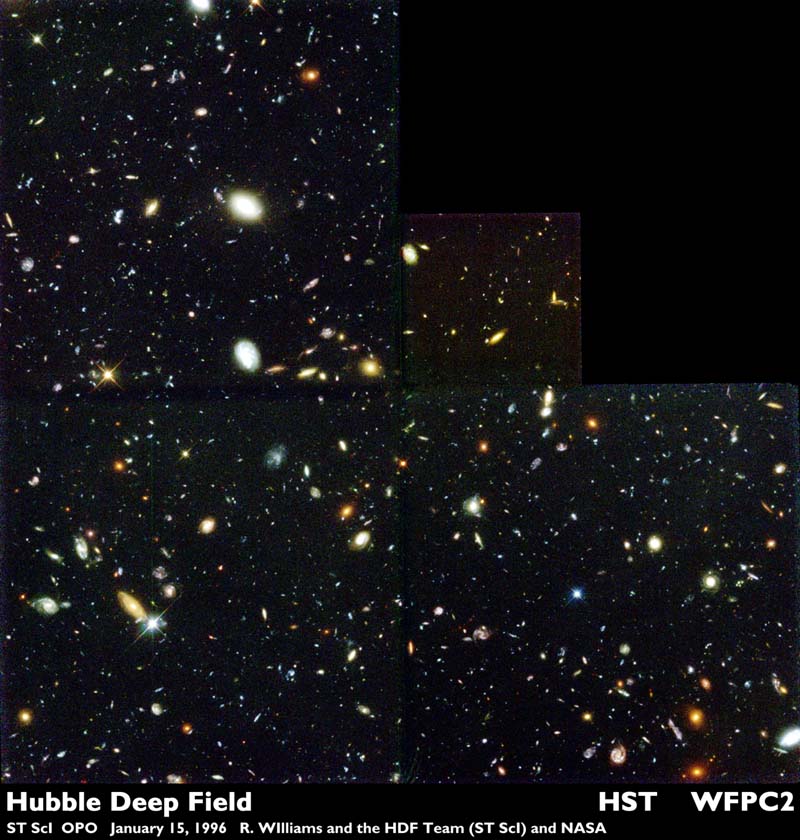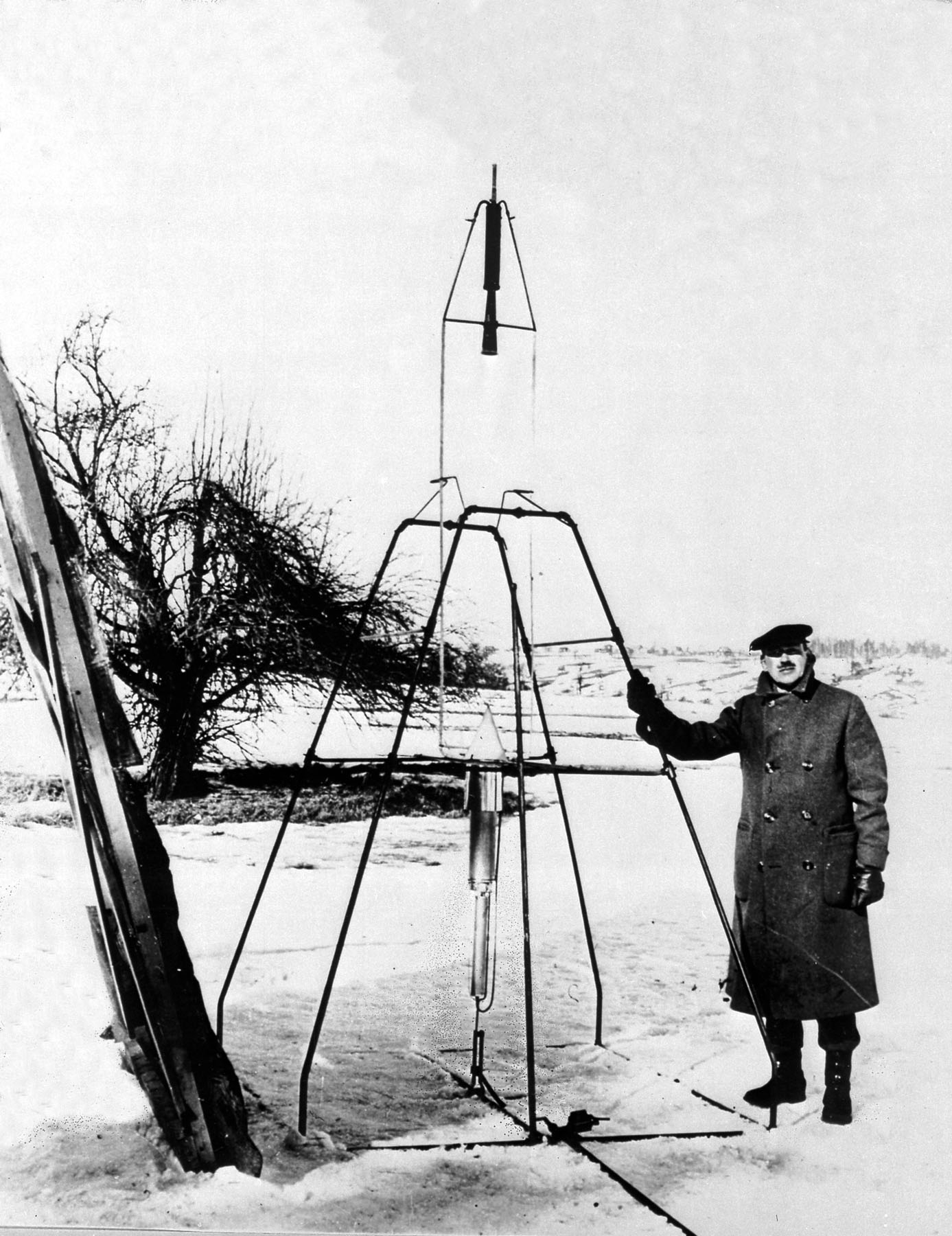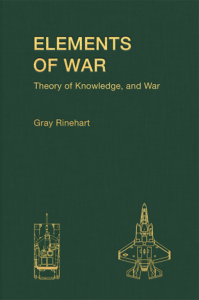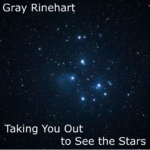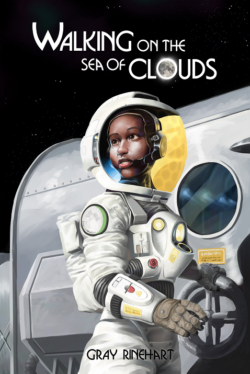The latest in our discontinuous series of “blog tour” posts featuring fellow members of the Codex Writers online community.
Today our guest is Cassie Alexander, a registered nurse and the author of the Nightshifted trilogy about Edie Spence, a nurse who works on a floor for vampire-exposed humans. Nightshifted will be published by St. Martin’s Press in January 2012.

(Courtesy of Cassie Alexander.)
How did you start work on Nightshifted, and how did the work progress?
I first conceived of Nightshifted as a short story. Part of me always knew it’d be a novel, but I’d been so burned by the time-invested-but-no-love cycle of novel writing before that I couldn’t bear to think I was working on one. So I pretended it was a short story, and then when I reached the end of that short story, I pretended I was working on another short story in the cycle that just happpppened to be the next few scenes, and by the time I was done with that “short story” I could stop lying to myself and get on with it already. The book had bitten me, and wouldn’t let go.
That’s fascinating! So how long did it take to complete Nightshifted, based on that short-story-after-short-story approach? And once you were finished, how did the rest of the process go?
It took me eleven months to write it and edit it. I was also doing short stories and working pretty much full time — it wasn’t the biggest priority for me continually at that time.
Then, it took me another eleven months to find an agent.
It took my agent about a month to get me notes, and then me about a month to send her my edits and ancillary material (proposals for books 2 and 3, a bio, etc.). Then, it took ten days to get its first offer, and about a week after that for the auction to settle out.
I talked to my new editor the day Nightshifted sold, and have been working on its sequel ever since. Moonshifted is due in June, and Shapeshifted is due in December. Just like Prince Humperdinck (“…and Guilder to frame for it”), I’m swamped … but in the best possible way.
Tell us a little about your search for a literary agent. How did you avoid getting discouraged during the search?
The agent search was interminable. I really wanted to start working on the second book, but every time I did, I’d get another, “You know this is really good, honest, but no,” rejection. I’d get requests for full manuscripts, get my hopes up, only to have them repeatedly dashed.
It’s hard, too, because so much of what you’re doing when you’re trying to find an agent is like trying to set yourself up on blind dates. Hours of Google-stalking, crafting the perfect query letter to put your best foot forward — after so much effort, you can’t help but get your hopes up.
I accidentally lucked out in two ways. First, I sent out my queries in batches of four or five. Because people were interested, once the ball started rolling, I almost always had a partial or a full out, to pin my hopes on, which helped as other rejections piled in. Secondly, any time anyone rejected me, I cut and pasted their line in my spreadsheet down to the bottom of my list. By putting all my rejections out of sight, I didn’t realize how many I had until quite late in the game. By then, I had the strength to keep going, out of sheer stubbornness.
That’s very encouraging for those of us who are still on the hunt for an agent (and a publisher).
Looking back on the process, what was the biggest surprise you got out of working on Nightshifted? Is there anything in particular you hope your readers get out of the novel, or the series?
I think the biggest surprise as the author was that … other people cared.
When I finished Nightshifted, I put out a call to my writer friends and about eight people offered to read it for me. Seven of them actually did. I was just thinking about this the other day, in that I’ve never had that high a read-through for a project of mine before. It was a good sign before I even knew I needed good signs — and the eighth person, who didn’t read it? I’d gotten their e-mail address wrong!
(My first reader from this group, who turned notes around to me in under 48 hours, will always have my eternal love. I’d just about convinced myself it was crap and I was an utter fool — major post-novel burn out — and his e-mail saved me.)
As far as readers getting anything out of it — I hope they do, but I’ll leave it up to them.
What did you learn from Nightshifted that you’re applying to your next project?
Outline, outline, outline. I’ve already completed two drafts of Nightshifted ‘s sequel, Moonshifted, and I’m soooooo glad I outlined first. It saved me a ton of time. When doing final drafts of Nightshifted, I found myself at my wits’ end a lot, trying to decide what things would happen in what order for the most impact — I could feel all the scenes that I needed to have, but straightening them out was awful. Having an outline, even a very generic one, was a lifeline.
___
Thanks, Cassie, for taking the time to answer a few questions and for showing us that perseverance pays off! Best of luck with Nightshifted and its sequels.
If you’d like more information about Cassie and her books, her website is www.cassiealexander.com.



 by
by 









